Objectives
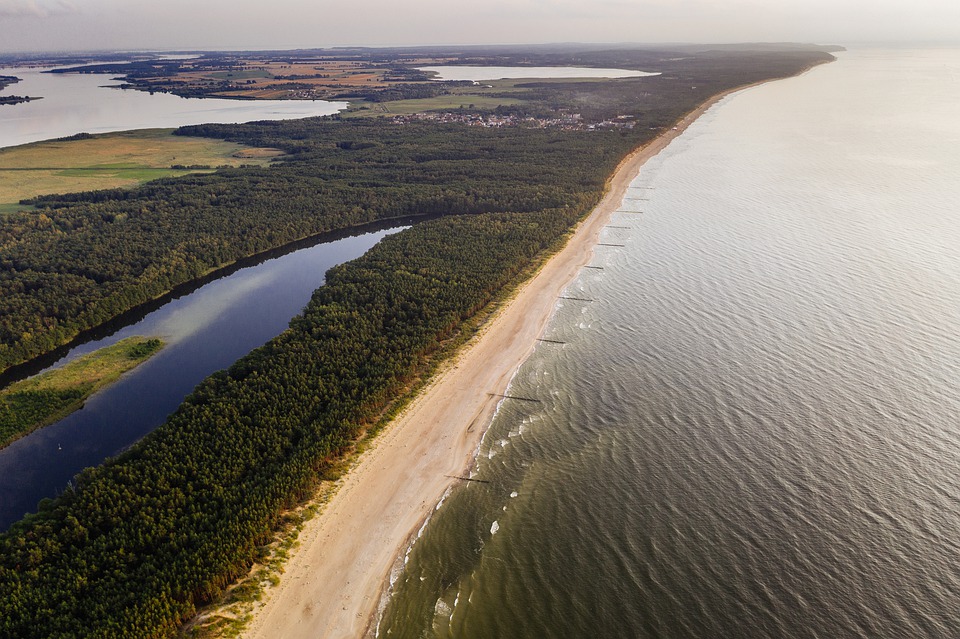


© Cyril Schönbächler |
Bats can cover distances superior to 2,000 km. Several long-distance migrating species are known:
When migrating, bats are particularly present at:
But bat migration is generally poorly documented (and studies mostly concern P. nathusii and N. noctula) |
Bats take a high toll at wind turbines because of collisions and barotrauma at blades.
|
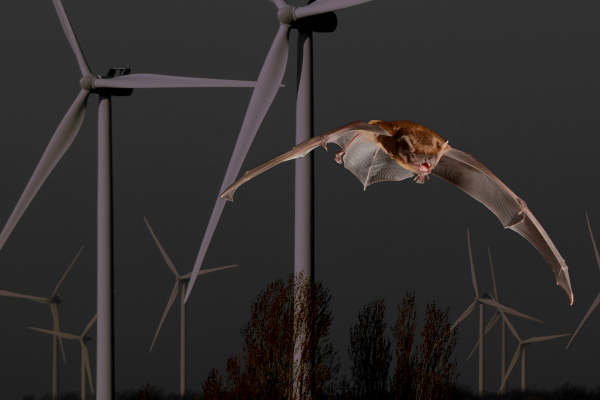
© Laurent Arthur |
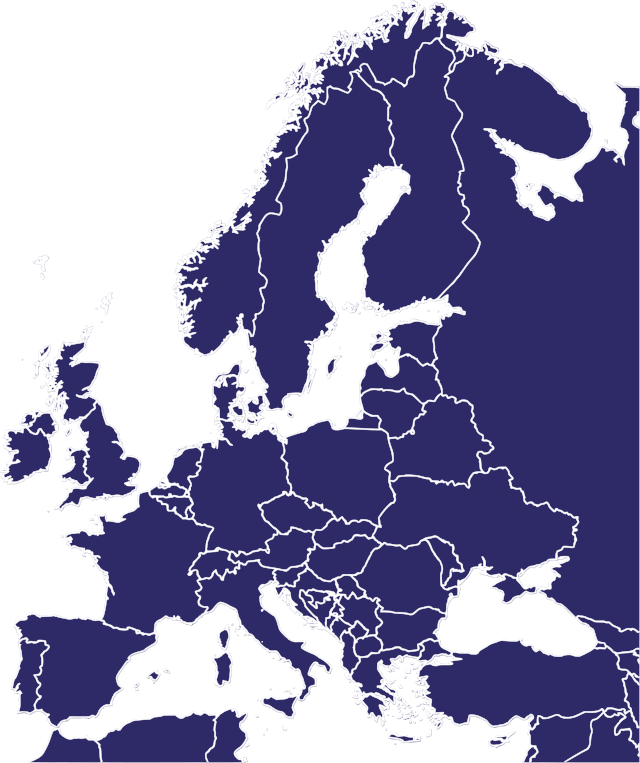
© EUROBATS |
|
The three most common migrating bats in geographical Europe will be studied:
|
The noctule bat Nyctalus noctula
© Cyril Schönbächler |
The lesser noctule bat Nyctalus leisleri
© Boris Baillat |
The Nathusius pipistrelle Pipistrellus nathusii
© Celine Le Barz |
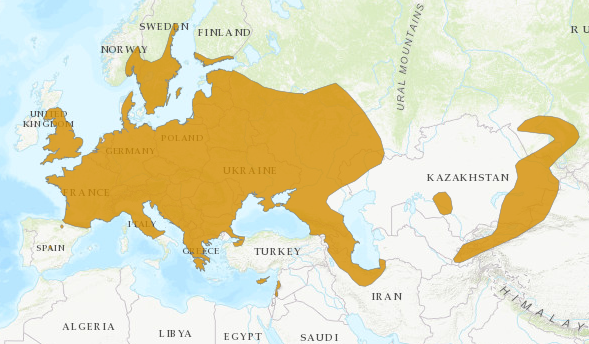
Geographic range of Nyctalus noctula (© IUCN) |
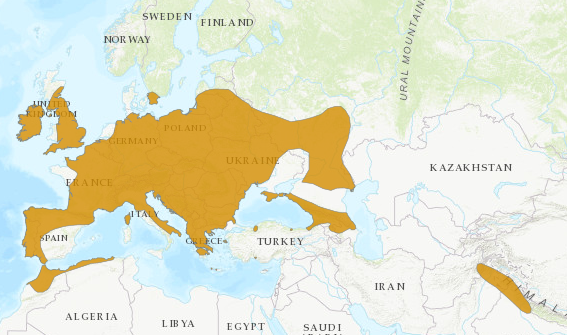
Geographic range of *Nyctalus leisleri* (© IUCN) |

Geographic range of *Pipistrellus nathusii* (© IUCN) |
For the moment, in order to focus the work effort, no other species will be studied. However, it could be possible, as a perspective, to extend this project to other species quite easily.